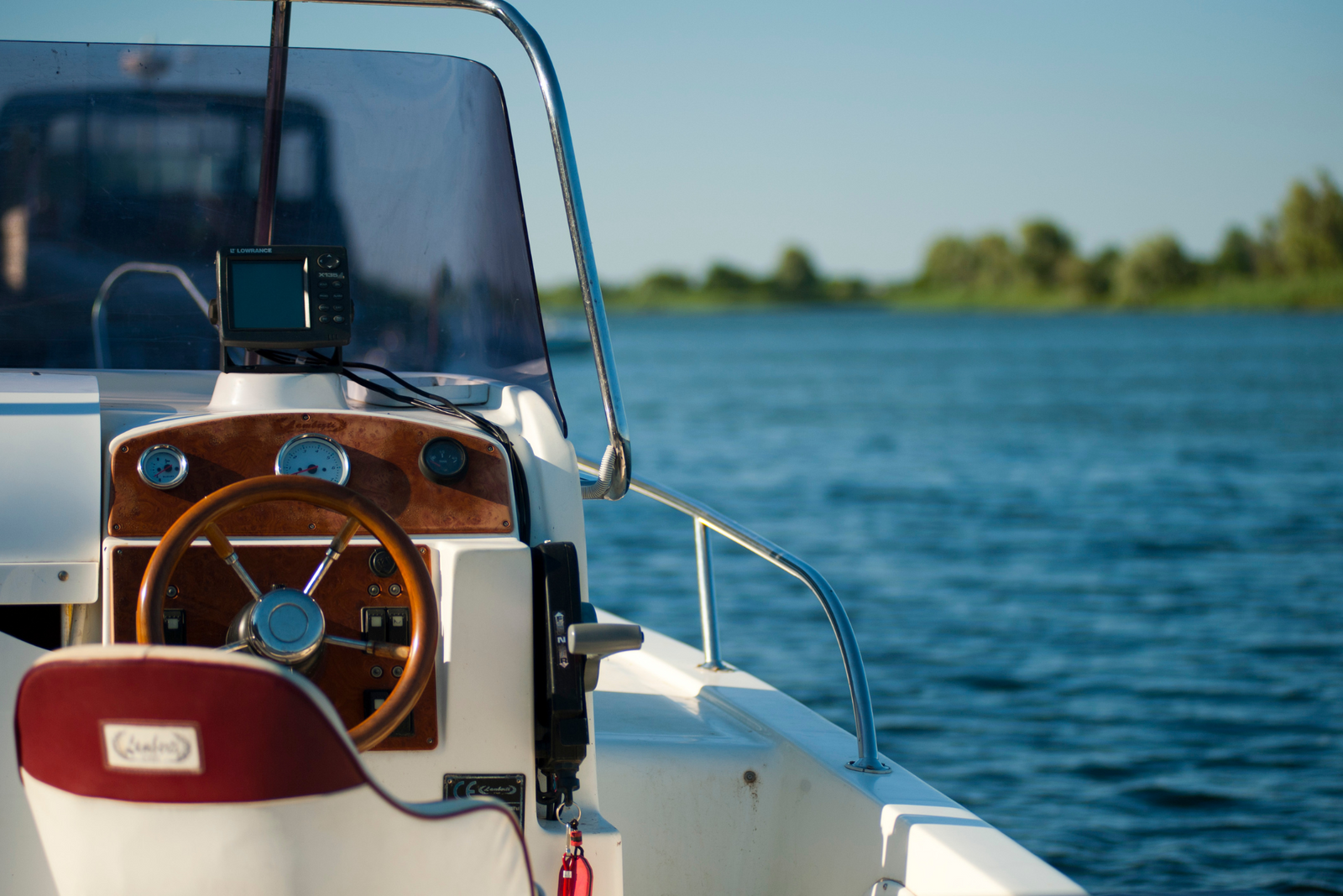Take 40% Off Sitewide! Use Code: GOALS40
Take 40% Off Sitewide! Use Code: GOALS40

What Size Boat Requires a Captain’s License?
by Bob Figular June 18, 2024
What size boat requires a captain’s license?
This is one of the most common questions we get at Mariners Learning System, often from people considering operating a commercial vessel, exploring career development opportunities, seeking regulatory compliance, or researching recreational boating rules.
But unlike many boating questions, this one has a refreshingly straightforward answer:
It’s not about size.
The U.S. Coast Guard doesn’t require a captain’s license based on the size of the boat, but based on what the boat is used for. That said, size does come into play in determining which type of captain’s license you’ll get.
Let’s take a look at the details.
When Do You Need a Captain’s License?
Many people assume that only larger vessels require a captain’s license, but the reality is that it takes knowledge and experience to safely operate boats of any size.
That’s why the Coast Guard’s guidelines for requiring a captain’s license focus on factors such as the number of passengers and whether the vessel is being used for hire. If it is, then whether it’s a 14-foot center console boat with a 25-horsepower engine or a 65-footer with twin engines, the Coast Guard requires a captain’s license.
It’s similar to the certifications needed to become an airline pilot; the Coast Guard wants commercial boat operators to have specialized training when other people’s lives are in their hands. A captain’s license certifies that a boat operator has the necessary skills and qualifications to safely navigate complex maritime scenarios.
There are only a few exceptions to this rule. For example, sailing instructors sometimes use megaphones to teach from inflatables alongside a sailboat. Since they aren’t actually on the boat, they don’t require a captain’s license to operate.
Though the official requirement for a captain’s license is related to commercial use, 90% of our students never intend to use their license professionally. Rather, they choose to pursue a captain’s license to expand their boating knowledge, improve their safety, and be the best they can be out on the water.

When Boat Size Matters: Types of Captain’s Licenses
Once you decide to pursue a captain’s license, boat size becomes relevant. Fortunately, the rules and requirements are again pretty straightforward, making it simple to determine which kind you need.
OUPV or Six-Pack License
The most common type of captain’s license for commercial use is the OUPV or Six-Pack license. This license allows you to captain up to a 100-ton, uninspected vessel with up to six paying passengers aboard.
Businesses like ecotours, fishing charters, scuba diving, and sunset cruises typically do well with this type of captain’s license. It’s also a popular option for those who don’t intend to use their boat for business.
Master Captain’s License
The next and highest-level license mariners can attain is the Master captain’s license. A Master’s license allows you to take seven or more paying passengers out on an inspected vessel, removing the most significant limitation of the Six-Pack license.
At the Master’s level, the size of the boat you have experience on determines the size of boat you’re licensed to captain. You’ll receive either a 25, 50, or 100-ton license based on the size of boat you have experience on and what size you’ll be operating commercially.
Benefits of a Master Captain’s License
While a Master captain’s license may require more experience than a Six-Pack, it offers some significant benefits for mariners looking to operate commercially in certain scenarios:
Expanding Your Business Capacity
Most obviously, a Master captain’s license allows you to carry more than six paying passengers. It enables you to expand your market reach and operate with more passengers and crew on larger vessels.
Six may be a sufficient number of passengers for small fishing charters or scuba trips, but many types of businesses — such as passenger ferry services or luxury charters — need to carry more.
Meeting Broader Regulatory Requirements
Some international maritime laws and regulatory bodies require a higher-level license for specific operations or in certain areas. And while a Six-Pack suffices in the U.S., a Master’s license is internationally recognized.
Advancing Your Maritime Career
Having a Master’s license empowers you to take on leadership roles and other more lucrative job opportunities, like vessel operator or harbor pilot. It also means you can take advantage of spontaneous opportunities that require more than a Six-Pack.
Why We Recommend Aiming High
We always recommend pursuing the highest-level license you can qualify for. This ensures you can take any opportunity that comes your way.
I know, because it happened to me! When I first set out to get my captain’s license, I planned to get a Six-Pack, but a friend convinced me to go all the way to the Master’s level. A few weeks after getting my license, I met a couple who needed their boat transported from Miami to Annapolis and then all the way to the Caribbean.
While the Coast Guard didn’t require a Master’s license for a job like that, the insurance company insisted on it. A week later, I was on that boat.
If I hadn’t taken my friend’s advice and pursued a Master’s license, I would have missed out on that and many other unforeseen opportunities.
Final Thoughts on What Size Boat Requires a Captain’s License
So, as we’ve established, it’s not the size of the boat that requires a captain’s license, but what you’re using that boat for. And of course, regardless of size or use, a captain’s license is an excellent investment in your boating expertise and safety.
Whether you’re aiming for a Six-Pack or a Master captain’s license, Mariners has you covered. Learn more about our courses and consider which is right for you!

Leave a Comment
Comments will be approved before showing up.
